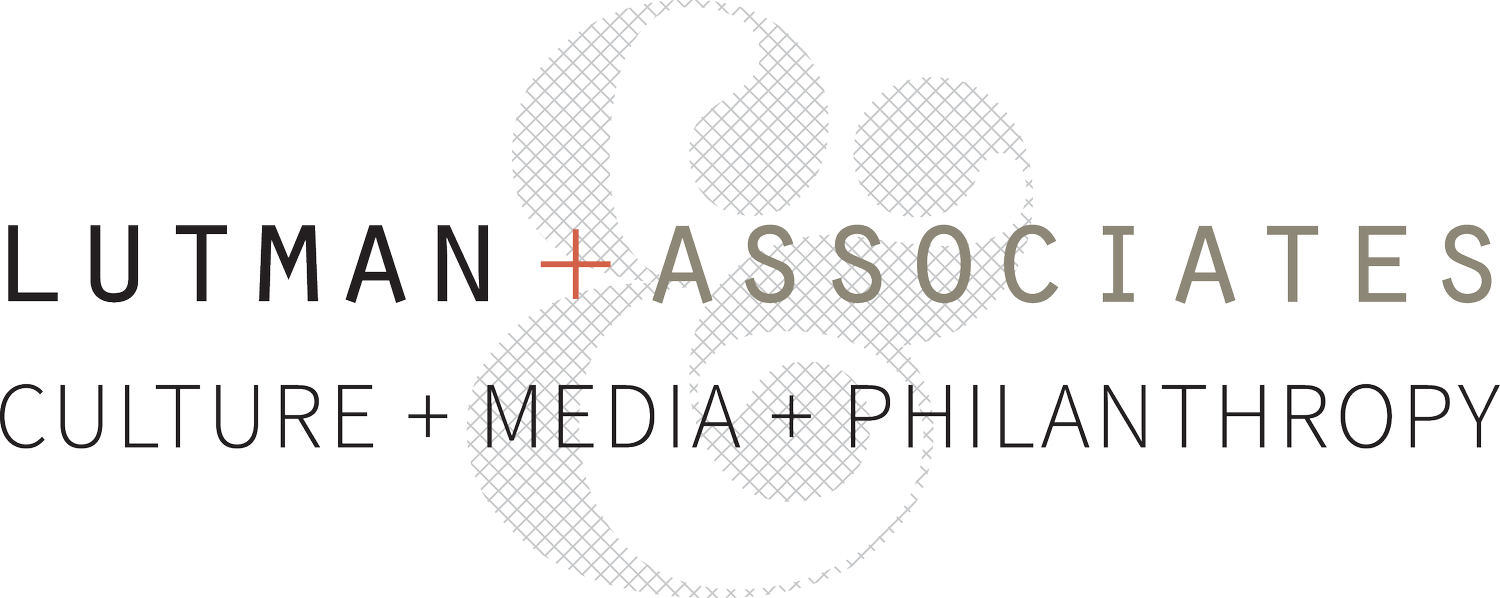Originally published in December 2016 Twin Cities Business Magazine.
You can make your year-end contributions from your sofa and support artists and entrepreneurs.
Not that long ago, crowdfunding was novel. Today, there are an estimated 450 crowdfunding platforms available.
They’re not only for nonprofits and charitable causes; now investors are in the game as well. Startups and established businesses are raising significant capital using crowdfunding platforms. How much money is changing hands? About $34 billion was raised through crowdfunding in 2015. About $5.5 billion was reward- and donation-based, including contributions to charitable organizations and to individual creators and causes, according to industry research firm Massolution.
Sources credit the creation and spread of current forms of crowdfunding to early uses of internet-based fund-raising by artists and musicians. It has been seven years since the launch of Kickstarter, a widely known crowdfunding platform that focuses exclusively on creative endeavors such as art, design, photography, games and journalism. It’s limited to projects with a clear goal, with a beginning, middle and end. Kickstarter is also an all-or-nothing platform. Project creators set their own financial goals and deadlines, and contributors’ credit cards only are charged if and when the goal is fully met by the due date. Otherwise the creator gets nothing.
When this column went to press, Minnesota-based Kickstarter projects were plentiful, and included projects such as the production of a new album for a musician based in Embarrass, Minn., completion of work for a photo exhibition in Minneapolis, and the opening of a new cupcake shop in Rochester.
Kickstarter has become a big business. The B-corporation employs more than 100 people in its Brooklyn headquarters, and has sponsored more than 113,000 projects to which more than 12 million people have contributed over $2.7 billion.
With Kickstarter’s focus on creative projects and its significant track record of successes, others in the nonprofit sector have joined the fray. New entrants operate with different rules and focus areas, so today there are many lively crowd-funding platforms to browse and choose from. Here are two relatively new ones to consider for your year-end giving.
Patreon
Patreon is set up to allow donors to provide recurring funding directly to artists and creators (unlike Kickstarter, with its defined limits). Patreon’s strategy allows creators to develop “sustainable income” that’s provided by monthly—or more frequent—incremental payments from their donor fan base. Patreon monthly contributions usually start at $1. Creators can amass many small contributors, develop predictable income for ongoing creative work and build a direct communications channel to their fans and supporters. Patreon suggests and supports ways to build patron loyalty through such “rewards” as patron-only content, online hangouts or sharing works-in-progress. Patreon takes 5 percent of all contributions to support its own operations.
Patreon has taken hold in some sectors, such as podcasting. Podcasting lends itself well to Patreon’s business model because podcasts are usually released on a regular basis and podcasters have repeated opportunities to encourage listeners to contribute. A recent scan of Patreon’s creator base showed only a few Minnesota users, but it’s worth searching for your favorite creators to see whether you can be part of their Patreon base. Expect to hear more about this platform in the coming months as more organizations and individual creators learn to use it effectively.
Kiva
Kiva started in 2005 as an international platform for person-to-person loans aimed at alleviating poverty. Today Kiva has 2.2 million borrowers in 82 countries, who have been lent nearly $1 billion through Kiva. Repayment rates top 97 percent, and loans begin at $25. Interested lenders can browse projects by country or by category. Projects are vetted by the Kiva staff and go through an underwriting and approval process.
Since its launch, Kiva also has brought its online micro-finance platform to the U.S., and the platform is becoming more widely known and used in our own country as well as globally. Browsing Kiva offers hundreds of investment opportunities, all aimed at lifting people out of poverty and supporting social entrepreneurs. All loaned money goes to the borrower—none goes to Kiva, which supports itself through grants and voluntary contributions from its lenders. Kiva also encourages lenders to reinvest their dollars in new loans once they’ve been repaid. Many Kiva lenders fund multiple sequential projects and remain loyal to the platform over time.
If you have never visited Kiva, you will find hundreds of worthwhile projects to consider. And if you have never considered becoming a micro-finance lender, Kiva just might convince you to try it.
There are dozens of other microfinance and crowdfunding platforms that reach grassroots organizations and individuals who may fly under the radar of larger charities. But some big charities are getting into the picture, too. The Louvre has used crowdfunding to purchase new works for its collection, for example.
Other sites to explore for your year-end giving? Indiegogo and Go Fund Me both list dozens of Minnesota projects. Or check out Fund My Travel and see whether one of the projects inspires you to help someone take a needed or even a dream trip to broaden their horizons, attend a conference, study a language or visit a relative.
Whatever platform draws you in, it’s never been easier to find and investigate hundreds of projects that can benefit from small increments of your dollars. It could make for some very special stocking-stuffers.
